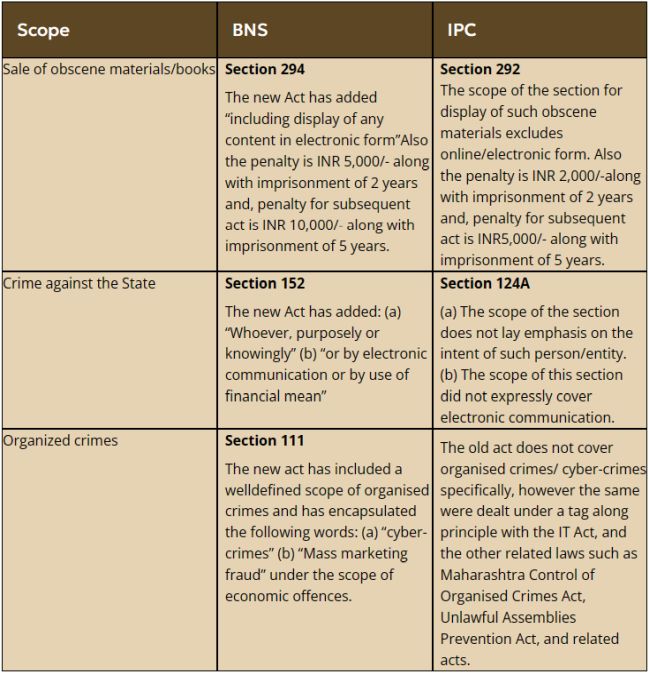Abstract
The unification of Artificial Intelligence has become habitual in our lives which has resulted in a reconstructed society thoroughly, offering a multitude of interests and new challenges. With the evolution of technology, the cybercriminal activities have increased in masses, resulting for an inclusive legal framework to mark such offences. The Information Technology Act, 2000 (Act No. 21 of 2000) is the constituent ground of legislation in India, catering to penalties and guiding various cybercrimes. With exigency, Bhartiya Nyaya Sanhita, Act No. 45 of 2023 ("BNS") has played pivotal role in addressing specific cyber offenses while recognizing the evolving nature of technology. The BNS, with the needs to the nuances of contemporary cyber threats, offers explicit legal framework for prosecuting offenders engaged in electronic criminal activities. The BNS has set forth the punishments peculiar to cyber offence, enhancing the potency of law enforcement efforts in combating cybercrime.
Introduction
The BNS has adopted a panoramic approach for addressing cyber threats contributing to a safer digital economy for all citizens, aligning Indian legal standards with international norms. This layout not only eases cooperation with foreign law enforcement agencies but also fortifies India's standing in the global cybersecurity landscape leading to preventive measures such as, robust cybersecurity protocols and awareness campaigns, aimed at reducing the incidence of cybercrimes. The IT Act of 2000 addressed cybercrimes in India which laid to the foundation of the provisions and emphasis on prevention of the cybercrimes. In the era of digital world, BNS has played a significant role in safeguarding individuals and businesses by reinforcing the legal framework to strive against the evolving cyber threats.
Table – Comparative Analysis – BNS and IPC

Conclusion
Amidst the complex domain of digital transformation, The IPC 2.0 fosters as an imperative guide for legislative reforms and policy interventions underscoring the necessity for a holistic, forward-thinking approach that classifies privacy rights, foresee technological disruptions, and caters to an inclusive access to justice. By heeding these insights and
Originally published March 31, 2024.
The content of this article is intended to provide a general guide to the subject matter. Specialist advice should be sought about your specific circumstances.
